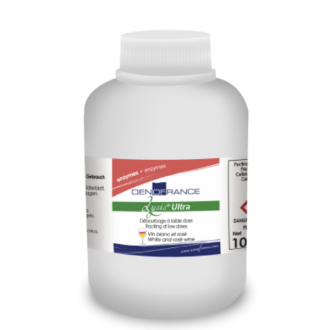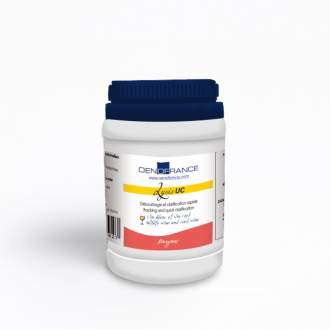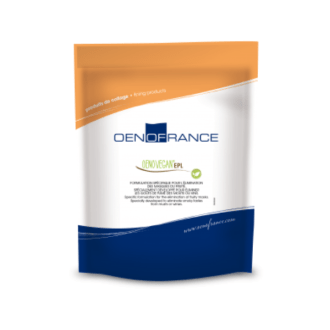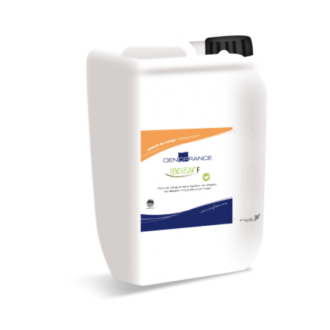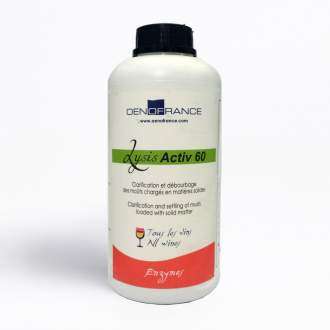Cleaning
The debourbage or cleaning of the musts may or may not be a recipe.
- It can be because each style of wine (fermental, reducing, terpenic, varietal) expresses the maximum of its potential with fermentations to very specific turbidity: < 100 NTU for fermentals, from 15 to 180 for reducers and varietals, and up to 200 for terpenic.
- It cannot be because the composition and structure of the grape varies with each vintage and this makes it necessary to readjust the cleaning mechanisms and parameters.
Whatever the cleaning method, the pectins must be broken, not only for settling, but also to avoid traumatic filtrations in the pre-bottling clarification and stabilization stages.
Pectins break down in 2 ways:
- With time, which you often don't have
- With the appropriate tools that will allow you to fractionate the pectins to the appropriate size according to the settling process you have chosen.
Static debourbage
There is no doubt that static debourbage is the technique that offers the best organoleptic return in varietal expression, both on the nose and in the mouth. 24h of contact with the lees increases the release of aromatic precursors and polysaccharides from the pulp fragments.
It also allows you to easily regulate the turbidity depending on the profile, so it helps you achieve successful fermentation.
Good static debourbage requires a high degree of pectin breakdown to achieve a good debourebage and compaction of the lees that translate into financial performance and sustainability, which justifies the use of high-end enzymes.
Dynamic debourbage
When time is short, flotation by air or nitrogen is an effective method, it is fast and leaves an acceptable residue if you choose the adjuvants well. The problem it has is that it cleans too much, which is why it is a suitable technique as long as you are looking for a fermental profile and balance the structure, for example with a touch of oak, or have a remnant of healthy lees to correct the turbidity.
To float well, the pectin must be broken down just enough to allow the flocs to have enough surface area to be pushed up by the gas used. This is also achieved with a specific enzyme and suitable adjuvants that will favor the formation of flocs and compact the sludge.
Other related topics
Maceration
The contact of the must with its skins, closely observing parameters such as maturity and pH, can help you achieve your goal.
More informationPressing
The average size of the berry, the skin/must ratio and the maturation dynamics vary each harvest, so can we press the same each year? Can we cut at the same pressure or at the same yield each year?
More information